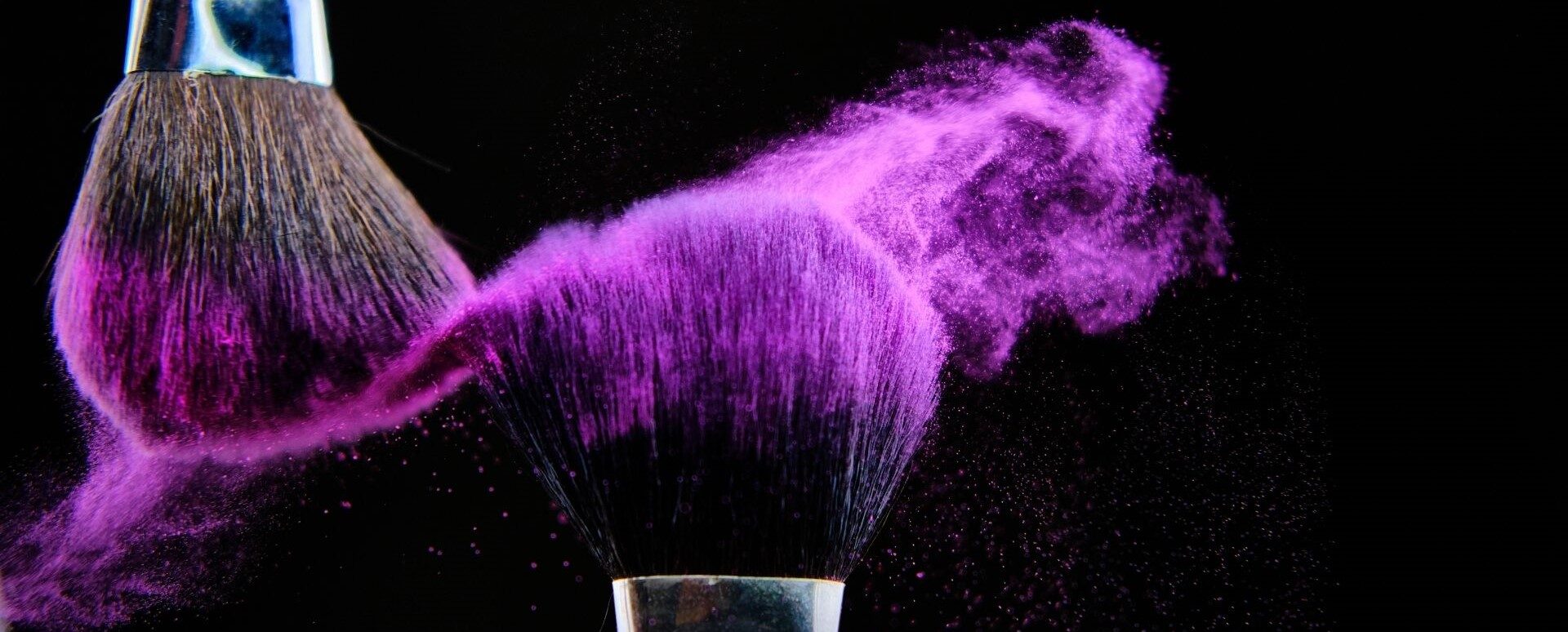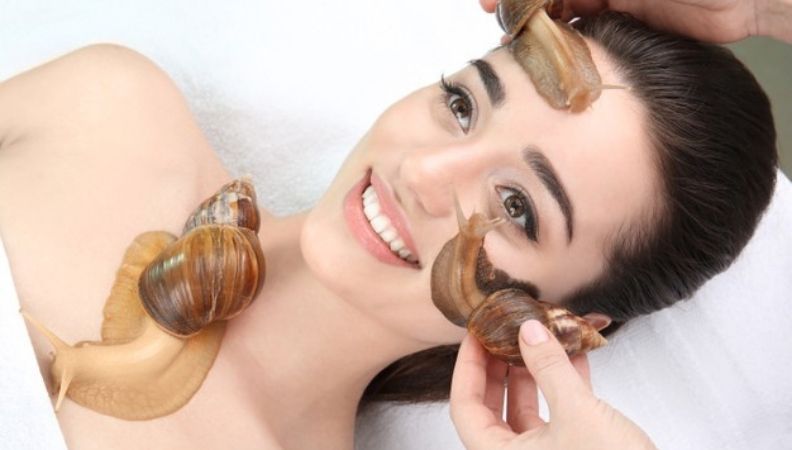Snail Slime and Snake Venom: The New “Magic” Creams
The New Ingredients
Snail slime, “dragon’s blood”, bee venom, caviar eggs. It might seem like a witch’s potion but instead they are the new ingredients of the crystalline cosmetics. The new moisturizing, anti-aging and plumping soins promise… magical effects.
Snail slime for acne and skin spots. Viper venom for deep facial wrinkles. Caviar eggs for dry skin. The most unexpected ingredients of nature are the surprise of the new skincare treatments. To immediately ride this beauty trend could only be them, the celebrities. Katie Holmes, already a fan of spicy face masks, does not hide a certain predilection for anti-aging creams based on snail slime while Kate Middleton knows well the firming effects of bee venom treatments.
Tom Cruise and David Beckham also seem to be freaks of strange cosmetics, who seem to have tried several times a Japanese face mask based on nightingale excrement with a powerful botox effect.
But what are the real properties of these strange ingredients?
Snail Slime
It can treat acne, stretch marks and skin blemishes because it contains mucopolysaccharides and glycolic acid which have keratolysis effect on the skin and stimulate tissue renewal and regeneration. It also contains collagen, elastin, proteins, vitamins and peptides, with a botulinum toxin-like effect. The skin is deeply renewed and stimulated with visible effects on both skin blemishes and acne and stretch marks. Recently, a cream based on Wortn jelly was created, a gelatinous substance found in the umbilical cord, and snail eggs with a marked regenerative power, which has the ability to significantly increase the elasticity of the skin and attenuate the skin aging.
Viper Venom
From a cosmetological point of view it stimulates the natural response of the skin and helps to produce a lot of collagen and elastin with a firming effect. It also softens and lifts the skin. They are used a lot in the USA as a botulinum toxin effect.

Caviar Eggs
They contain many omega 3, antioxidant and anti-free radical elements, with a high content of polyunsaturated fatty acids. They also have a high content of high biological value proteins, B vitamins, especially Thiamine, Riboflavin and Niacin with specific action to regenerate the skin and defend it from the elements that tend to degrade it and make it withered and dry. Finally, they give a high supply of fat-soluble vitamins, especially D and E, and a little bioavailable iron with a specific nourishing action.
In cosmetics, many flowers, roots and aquatic plants are used that, needless to say, are not joking when it comes to extravagant names.
Dragon’s Blood
It is a red resin extracted from the Croton Lecheri plant (plant of South America) with anti-inflammatory, healing and regenerating properties. All the resins known under the name of Dragon’s Blood appear as red-brown masses which, when crushed, give a carmine-red powder, hence the name.
Camelia Tsubaki
Comes from the volcanic island of Jeju, located 130 km south of the Korean coast, a World Heritage Site. From this Japanese flower, recognizable by its dark pink and red petals, a precious oil with highly nourishing and anti-aging properties is obtained.
Posidonia Oceanica
The undisputed queen of the seabed of the Egadi Islands, the Poseidon Grass produces organic substances and oxygen essential for the environment and for man. Thanks to its natural bioactive elements, it is in great demand in beauty formulas for its anti-aging, anti-oxidant, regenerating and toning properties.

Sophie Blake is a beauty writer passionate about exploring skincare innovations and cosmetic trends. She focuses on creating informative content that helps readers make informed choices about beauty products, wellness routines, and self-care practices.


